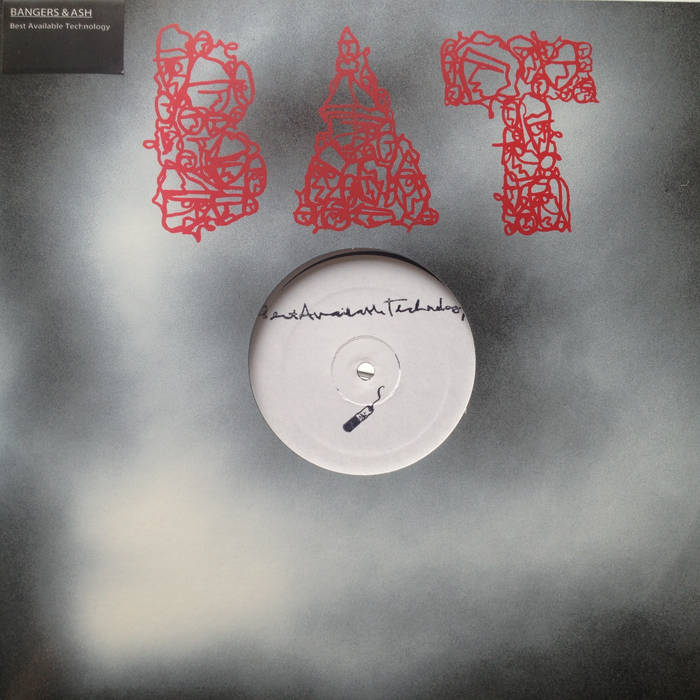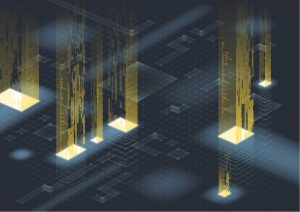Best Available Technology (BAT) represents multiple techniques for controlling industrial emissions and environmental impacts which become part of emission limit values and permit requirements for installations.
The publication of BATs takes place through best available technique reference documents known as BREFs. The documents contain the BAT evaluation conclusions that provide the foundation for granting authorization to PPC Part A activities.
Cost-effectiveness
Best Available Technology (BAT) describes industrial technologies that allow production or work execution while minimizing risks to people and facilities as well as reducing environmental damage. BAT decision-making should prioritize technological evaluation by integrating cost factors rather than requiring all costs to be fully covered.
Regulatory authorities establish industrial waste discharge standards (effluent guidelines) based on Best Available Technologies (BAT). The standards incorporate assessments of technology cost-effectiveness and the expenses required to achieve targeted emissions and effluent reductions. The Best Available Technology represents the ideal method for achieving output standards for specific processing activities although different terminology might be used in certain situations which include best practicable technique and best attainable technology. The development of industrial waste discharge standards arises from both evolving social values and technological advancements leading to regulatory bodies establishing effluent guidelines and industrial waste discharge standards for compliance.
Environmental impact
Governments and environmental regulators use Best available technology (BAT) as a policy tool to create emission limits and permit conditions which protect the environment while offering businesses reasonable operational flexibility. The application of BAT policies now exists widely across North America, Europe, Japan and China.
To identify BAT the first step entails defining environmental challenges and desired results as well as potential outcomes. Evaluation requires collecting performance data and performing thorough comparisons between technologies to identify those with maximum environmental benefits while the assessment must include raw material extraction through to waste disposal and beyond.
The European Union’s Industrial Emissions Directive (IED) requires operators to implement Best Available Technique Reference Documents or BREFs to reduce their emissions and environmental impacts on air quality and both water and land resources. The procedure outlined in BREFs arises from collaborative information exchange between EU Member States with industry representatives and environmental protection NGOs who support environmental protection efforts which will help determine permit conditions for upcoming installations.






More Stories
Smart Home Automation for Renters: Your Guide to a Smarter, Temporary Space
Digital Minimalism Tools and Practices: Reclaim Your Focus in a Noisy World
Sustainable Tech Innovations for Reducing Digital Carbon Footprints